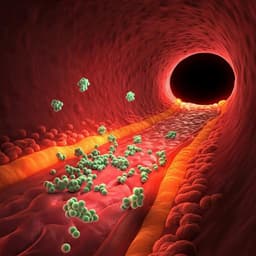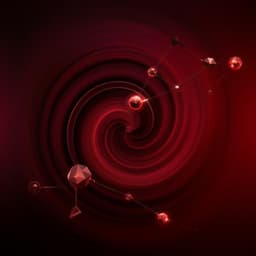
Medicine and Health
Multi-biofunctional graphene oxide-enhanced poly-L-lactic acid composite nanofiber scaffolds for ovarian function recovery of transplanted-tissue
L. Yan, L. Wang, et al.
This research by Liang Yan and colleagues explores innovative graphene oxide/poly-L-lactic acid nanofiber scaffolds that enhance ovarian function in mice with primary ovarian insufficiency. This study not only advances tissue engineering but also presents a fresh approach to organ transplantation and cryopreservation.
~3 min • Beginner • English
Related Publications
Explore these studies to deepen your understanding of the subject.







